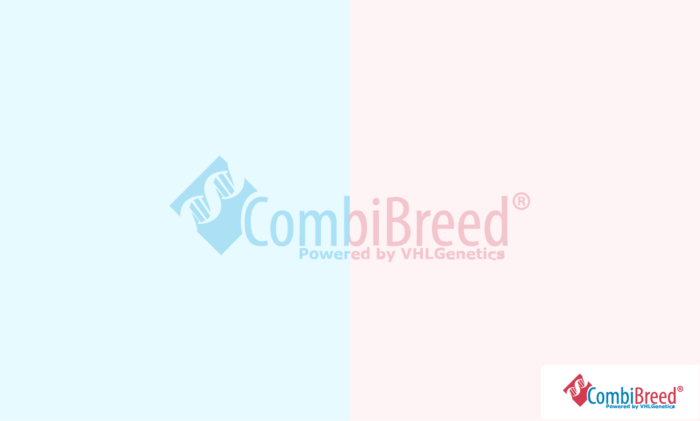
€57,48 €47,50 excl. VAT
The Champagne dilution allele, a dominant mutation to the gene SLC36A1, lightens the coat colour of the horse by diluting the pigment.
10 working days
From €5,95 shipping and administration per order (incl. VAT)
Specifications
| Breeds | |
|---|---|
| Gene | |
| Organ | |
| specimen | Hair, Blood EDTA, Blood Heparin, Semen, Tissue |
| Mode of Inheritance | |
| Chromosome | |
| Year Published |
General information
The Champagne dilution allele, a dominant mutation to the gene SLC36A1, lightens the coat colour of the horse by diluting the pigment. The skin of Champagne-diluted horses is pinkish/lavender toned and becomes speckled with age; the speckling is particularly noticeable around the eye, muzzle, under the tail, udder and sheath. The eye colour is blue-green at birth and darkens to amber as the horse ages.
It is found in breeds as Quarter Horses, Paint Horses, Tennessee Walkers, American Saddle Breds, Missouri Fox Trotters, Miniature Horses and other breeds in which these are bred in.
Clinical features
Champagne has the following effects on the basic coat colours of horses: Chestnut/Sorrel -> Gold champagne: a gold body colour and often a flaxen mane and tail. Gold champagne horses are visually similar to palomino horses. Bay/Brown -> Amber champagne: a tan body colour with brown points (sometimes referred to as amber Buckskin.) Black -> Classic champagne: a darker tan body with brown points.
Additional information
A horse can also carry mutations for other modifying genes which can further affect its coat colour. The Coat Colour Champagne dilution test (P853) tests for the genetic status of the SLC36A1 gene. This gene has two variants (alleles). The dominant allele Ch results in the dilution and the recessive allele N does not have an effect on the basic colour.
Specific breeds are undefined.
References
Pubmed ID: 18802473
Omia ID: 1263